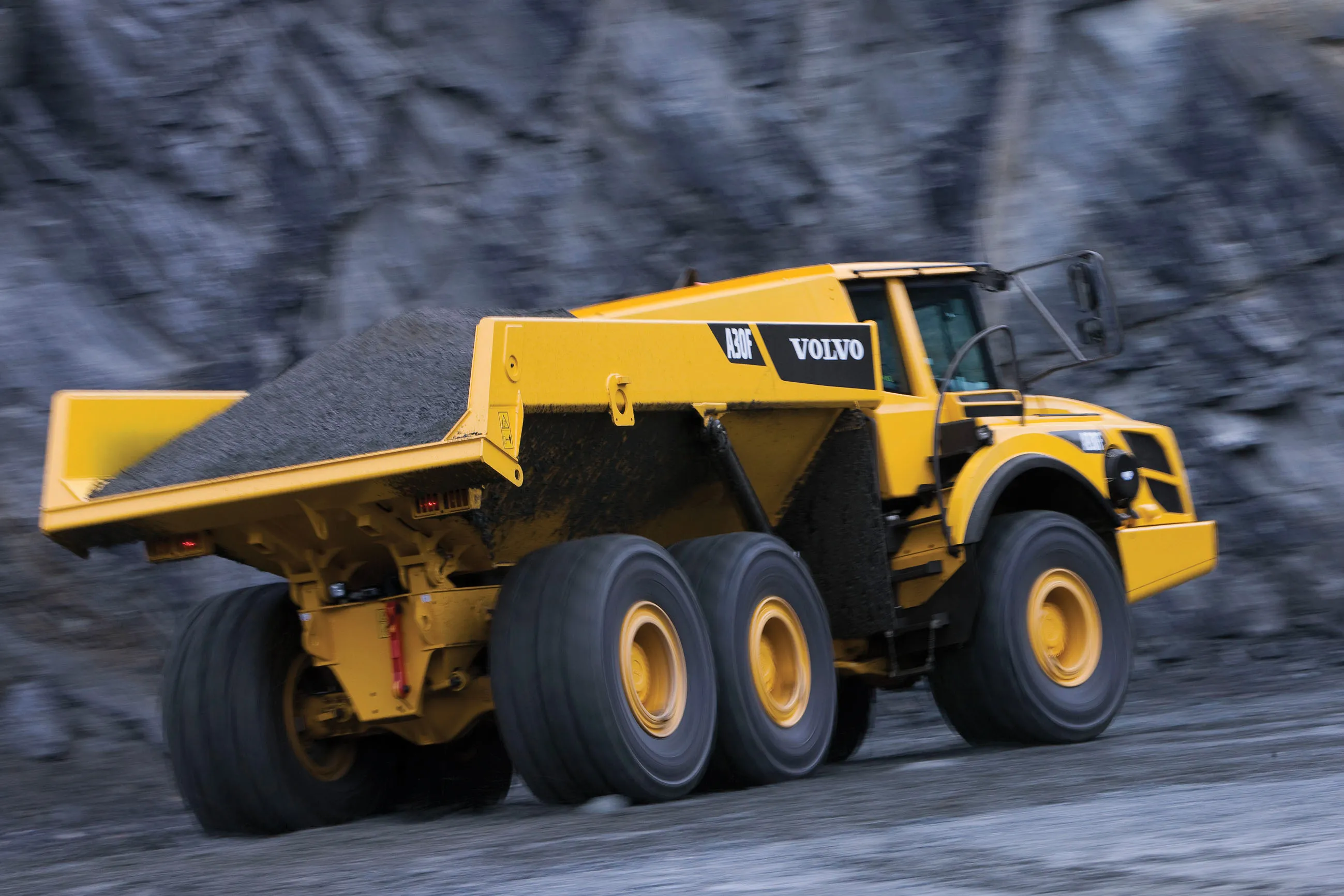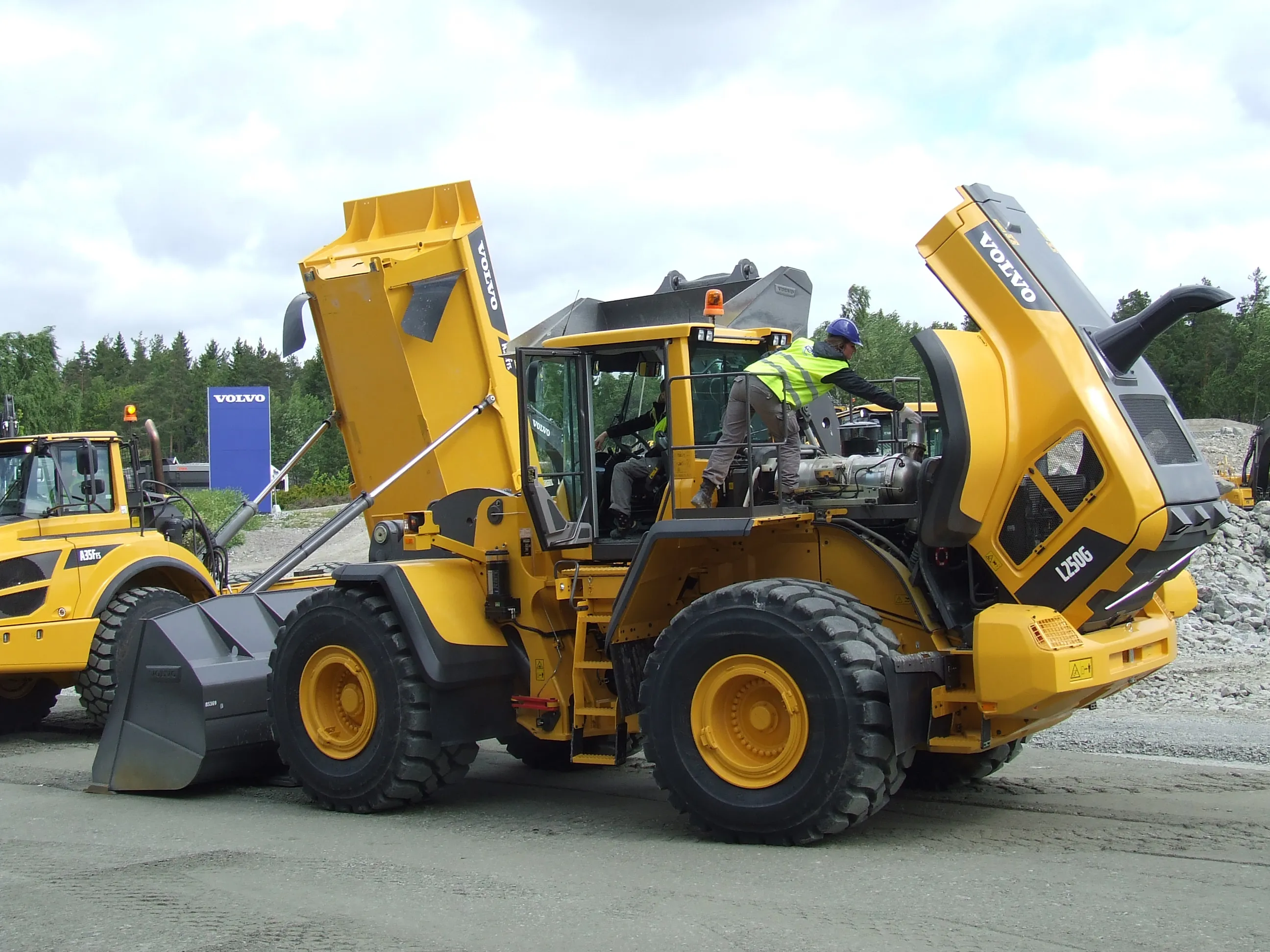New products from Volvo Construction Equipment are emission-compliant as a matter of course, says the company, which will introduce next generation articulated haulers (ADTs), wheeled loaders, excavators and backhoe loaders. From the six-strong F-Series articulated haulers (starting with the A25F with a load capacity of 24tonnes to the A40F FS with 39tonnes) will be the 28tonne capacity A30F and the A40F.
February 15, 2012
Read time: 2 mins

New products from Volvo Construction Equipment are emission-compliant as a matter of course, says the company, which will introduce next generation articulated haulers (ADTs), wheeled loaders, excavators and backhoe loaders.
From the six-strong F-Series articulated haulers (starting with the A25F with a load capacity of 24tonnes to the A40F FS with 39tonnes) will be the 28tonne capacity A30F and the A40F.
Powered by Stage IIIB compliant2394 Volvo V-ACT six-cylinder, turbo-charged and electronically controlled diesel engines with diesel particulate filter (DPF) after treatment, the F-Series articulated haulers feature high torque at low engine speeds, resulting in up to 4% improved fuel efficiency over the earlier E-Series.
On Volvo's new G-Series range of wheeled loaders, the L150G, L180G and L220G, are also fitted with Volvo's Stage IIIB compliant 13litre, six-cylinder diesel engine producing between 220-274kW. Fuel efficiency has been improved by up to 15% over the previous F-Series loaders, and the new loaders also boast a 20% increase in lifting force and a 10% improvement in breakout force.
The new D-Series generation of Volvo's tracked excavators will be represented by the range-topping 50.5tonne EC480D, which features mechanical variable width tracks.
The new B-Series backhoe loaders from Volvo Construction Equipment represent a "thorough redesign of this utility segment specialist."
Volvo Trucks will show the FMX, designed and built for heavy construction duties, while783 Volvo Penta's industrial engines will also be on show.
From the six-strong F-Series articulated haulers (starting with the A25F with a load capacity of 24tonnes to the A40F FS with 39tonnes) will be the 28tonne capacity A30F and the A40F.
Powered by Stage IIIB compliant
On Volvo's new G-Series range of wheeled loaders, the L150G, L180G and L220G, are also fitted with Volvo's Stage IIIB compliant 13litre, six-cylinder diesel engine producing between 220-274kW. Fuel efficiency has been improved by up to 15% over the previous F-Series loaders, and the new loaders also boast a 20% increase in lifting force and a 10% improvement in breakout force.
The new D-Series generation of Volvo's tracked excavators will be represented by the range-topping 50.5tonne EC480D, which features mechanical variable width tracks.
The new B-Series backhoe loaders from Volvo Construction Equipment represent a "thorough redesign of this utility segment specialist."
Volvo Trucks will show the FMX, designed and built for heavy construction duties, while








